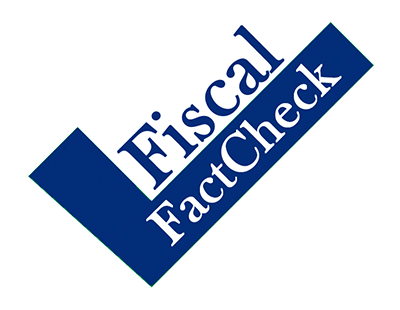Does the State & Local Tax Deduction Mostly Help High-Income Households?
At a press briefing yesterday, White House Press Secretary Sarah Huckabee Sanders defended the fact that the Big 6 tax plan removes the state and local deduction, explaining that it mostly goes to the wealthy in a few states.
I think one of the big things you have to look at is that most Americans don't actually itemize deductions; 80 percent of the benefit goes to six-figure tax filers. The fact is, it isn't fair and it doesn’t make sense for working Americans across the country to subsidize the very wealthy in a few states.
Sanders is right in saying that most Americans do not itemize deductions. In 2015, about 30 percent of tax returns itemized their deductions, and nearly all of those 30 percent deducted some state and local taxes.
Sanders is also correct to note that most of the benefit goes to high-income households. By saying that 80 percent of the benefit goes to six-figure tax filers, she may have been citing a 2013 Congressional Budget Office report that said 80 percent of the benefit went to households in the top 20 percent of the income spectrum. That report found that half of the benefit went to the top 5 percent of households, while 30 percent of the benefit went to the top 1 percent. The report's cutoff to be included in the top 20 percent was $81,400 for a single-person household and $115,100 for a two-person household, so "six-figure tax filers" seems a fair proxy.
That CBO report actually shows a smaller tilt towards the wealthy than other reports. The Tax Policy Center estimates those with income above $100,000 get 92 percent of the benefit. The Joint Committee on Taxation notes that 93 percent of the deduction was claimed by households with income over $100,000, before considering the distribution of the deduction for real estate taxes.
Sanders is also correct that the benefits flow primarily to taxpayers in a few states, those with high state and local tax burdens (and larger populations). California, New York, New Jersey, Illinois, Texas, and Pennsylvania receive nearly 52 percent of the total deduction while accounting for 38 percent of the population.
Sanders's statement is largely correct: the state and local deduction disproportionately goes to high-income households and particularly those in a few states.


